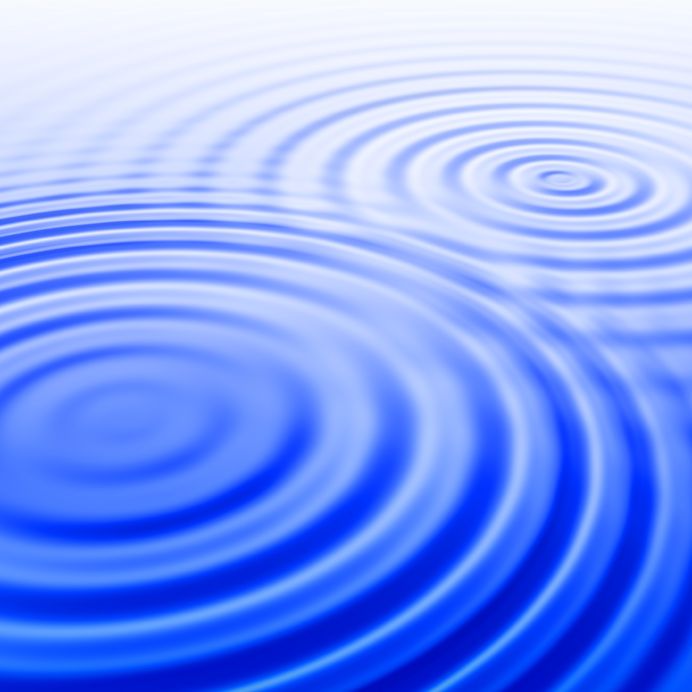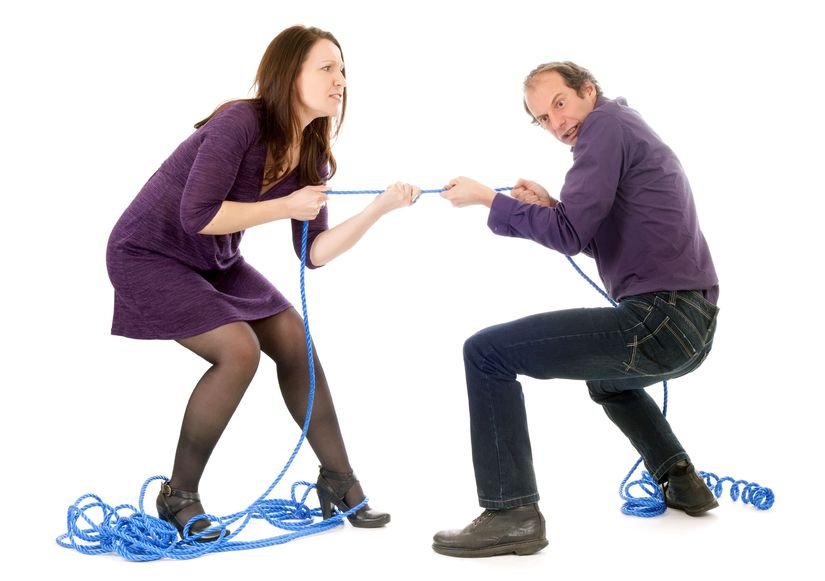It’s often said that restoring health is about achieving balance in a patient, however, the problem is that balance is a term which means many different things. In the west, balance means preventing any one quantity from dominating its opposite. This is because the western concept of opposites is exclusive and antagonistic (e.g. good versus evil, light versus dark). In contrast, the eastern view of opposites is inclusive and complementary. Opposites are essentially different sides of the same coin. (Exactly how this is the case, however, is almost always far from obvious). As a result, balance can only come about when both opposites occur at the same time, in equal measure (e.g. treble and bass, stillness and movement).

Complementary opposites: ripples travelling in opposing directions can freely pass through each other, easily co- existing in the same space.
Accordingly, our concepts of opposite and balance heavily colour our approaches to becoming more healthy, or less ill. I’ve been told that stability and flexibility in a human body are opposite qualities which need to be balanced. Too stable and you can’t move, too flexible and you become unstable and prone to injury. Stability and flexibility are claimed to be antagonistic, so balance equates to a trade-off between the two as you can’t have both.
Certain schools of thought and movement see it differently. Connective tissue, especially fascia, can change shape whilst remaining passively engaged, allowing it to provide stability through a range of postures. Muscle cannot do this – it can provide stability only when it contracts, and flexibility only when it relaxes. Used this way, stability and flexibility can co-exist without getting in the way of each other, but only if fascia is fully engaged as a single continuous unit, and is also free to move. As a result, balance is achieved through restoring fascial movement and integration, and both stability and flexibility can be achieved at the same time.
Learning to manage the movement of fascia is hard work. Most people will have survived using variations on a muscle-clenching theme since they were toddlers, and so starting to be aware and progressing to managing the movement of fascia can be a fundamentally new experience. However, it is vital for your mechanical health, and is an important step for moving beyond mere physical survival and becoming fully alive in your body.

